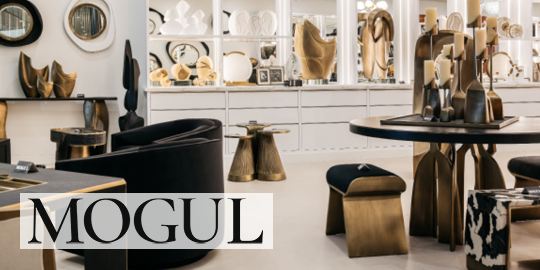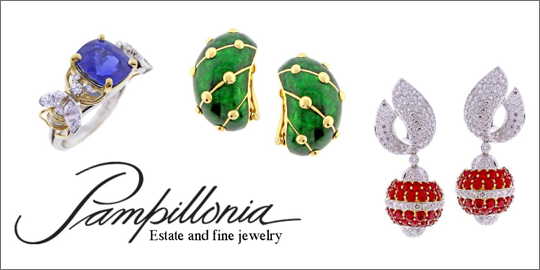- FINE ART
-
FURNITURE + LIGHTING
Shop By Category
Shop By Artist
- NEW + CUSTOM
- DECORATIVE ARTS
-
JEWELRY
Shop By Category
Shop By Artist
- INTERIORS
- MAGAZINE
Pg 1
of 0
- Clear All
William De Morgan
British
William De Morgan was a British ceramic artist and designer who lived from 1839 to 1917. He is known for his intricate and imaginative designs, which drew inspiration from the Islamic art and ceramics that he studied extensively during his travels in the Middle East.
De Morgan began his career as a painter and illustrator, but turned to ceramics in the 1870s, producing tiles, vases, and other decorative pieces. He worked closely with his wife, the artist and writer Evelyn De Morgan, who often provided the designs for his pottery.
De Morgan's work was highly regarded in his time, and he was known for his use of bright, bold colors, intricate geometric patterns, and stylized floral motifs. He also experimented with a variety of glazes, including iridescent and lustrous finishes that gave his pieces a rich, jewel-like appearance.
Today, De Morgan's work is highly prized by collectors and museums, and his influence can be seen in the work of many contemporary ceramic artists. He is also remembered for his contributions to the Arts and Crafts movement, which sought to elevate the status of decorative arts and promote the idea of art as a means of social and cultural improvement.
De Morgan began his career as a painter and illustrator, but turned to ceramics in the 1870s, producing tiles, vases, and other decorative pieces. He worked closely with his wife, the artist and writer Evelyn De Morgan, who often provided the designs for his pottery.
De Morgan's work was highly regarded in his time, and he was known for his use of bright, bold colors, intricate geometric patterns, and stylized floral motifs. He also experimented with a variety of glazes, including iridescent and lustrous finishes that gave his pieces a rich, jewel-like appearance.
Today, De Morgan's work is highly prized by collectors and museums, and his influence can be seen in the work of many contemporary ceramic artists. He is also remembered for his contributions to the Arts and Crafts movement, which sought to elevate the status of decorative arts and promote the idea of art as a means of social and cultural improvement.
Pg 1 of 0

















